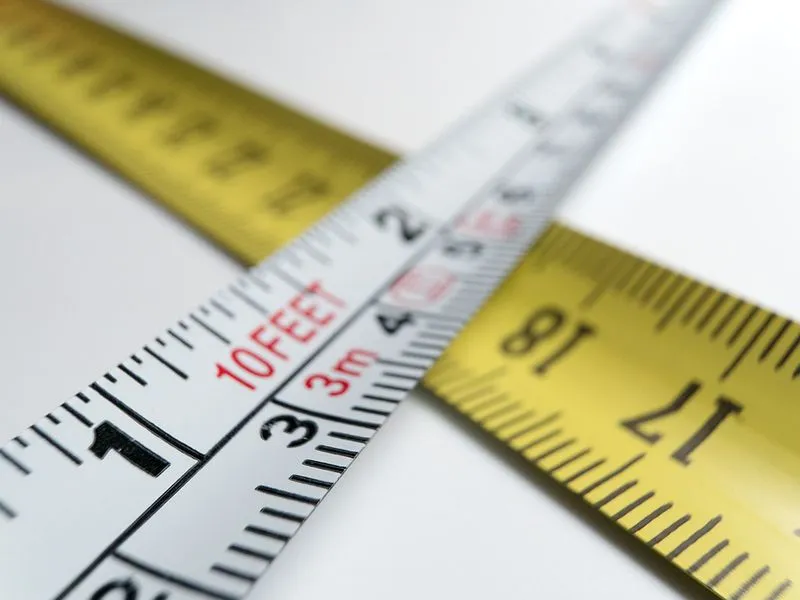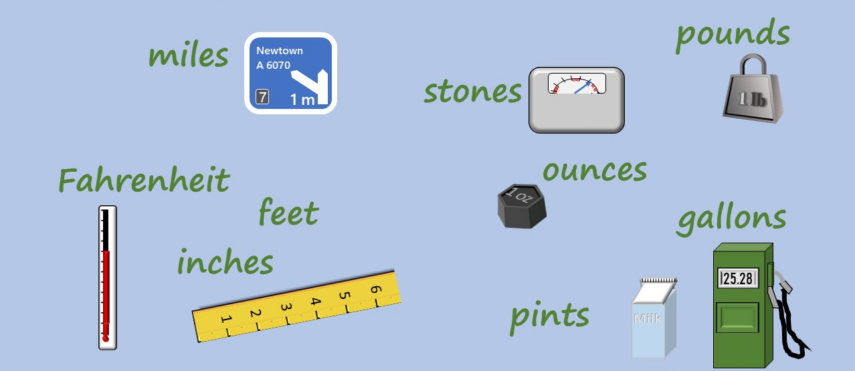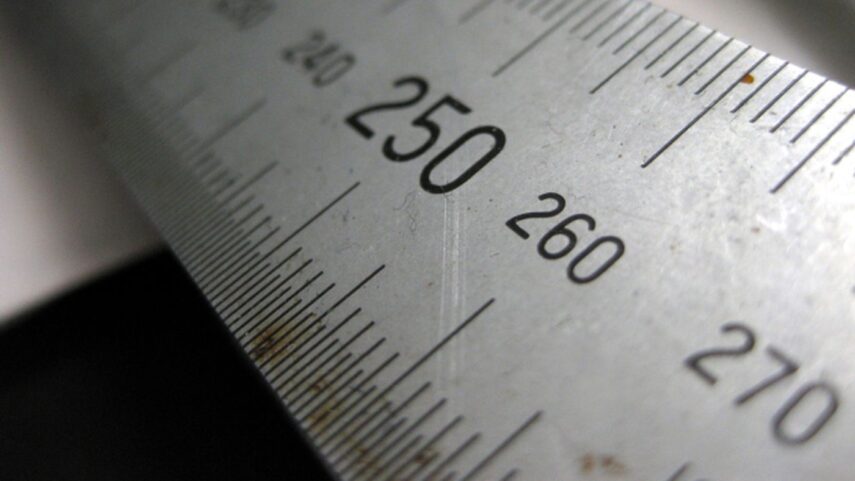There may be numerous reasons you need to convert one length unit to another one. Perhaps, you need the exact measurements if you are working on a project or building something. Maybe you are in a foreign country that uses the metric system, and you have to convert miles to kilometers to understand the distance between two towns or spots in the city and calculate how much time you will need to get to your destination.
Considering that most of the world uses the metric system, this task can prove to be quite challenging, especially if you don’t know how it works precisely. Due to this reason, we will give you some tips on how to convert units easily and quickly.
Converting between two systems

Unless you are entirely familiar with both metric and imperial systems, this task is as tricky as it gets. Most people would simply turn to an online converter like the becalculator, and you do this as well and get the result immediately. However, if you want to calculate it on your own, here is how you can do it.
The first thing you have to understand is that you can only do conversion between two unites that stand for the same thing. For example, inches to centimeters or feet to meters. Obviously, you can go further than this, but this is the basic layout, and you will need more complex calculations for meters to yards or inches to meters conversions
Let’s say you are working with inches and centimeters. Now, you need to know what the exact difference between the units is. When it comes to these two, 1 inch equals 2.54 cm. This is called a conversion factor. It is basically a number you use to change one unit to another. Once you know this factor, all you have to do is simple multiplication. If you want to convert 5 inches to cm, all you have to do is multiple 5 by 2.54, and you will get the final answer, which is that 5 inches equal 12.7 cm. It is as simple as that as long as you know the conversion factor.
Conversion in the imperial system

Keep in mind that the imperial system is mainly used in the US, this explanation may not be very useful to you when going abroad, but we will still do it. Let’s talk about inches and feet. Once again, the most important thing you need to know is the conversion factor. When it comes to these units, 1 foot equals 12 inches. So now that you know how many inches are in one foot, it will be easy to determine how many inches are in, let’s say, 10 feet. All you have to do is multiple the number of feet you are trying to calculate, which is 10 in this case when the number of inches in one foot – 10 feet x 12 inches = 120 inches.
On the other hand, if you want to convert feet to inches, you do a simple division. For example, if you’re going to convert 150 inches to feet, all you have to do is divide 150 by 12, and you will get the number. 150 inches / 12 inches (the number of them in one foot) equals 12.5 feet.
Furthermore, you may want to convert someone’s height solely to inches. For example, a person’s height is 6.3. The first thing you do is convert the 6 feet into inches, which is 72 inches, and then add 3, which is 75 inches. Now, if you really want to complicate things a bit, you can convert their height into centimeters. We already said that 1 inch = 2.54 cm, which means that this person’s height is 190.5 cm (75*2.54=190.5)
Conversion in the metric system

Even though you may not know anything about the metric systems, besides some of the most used units, the truth is that it makes the conversion much easier than the imperial one. Why? Well, because you only have to multiple (or divide) one unit by 10 to get the next one. For example, 1 km equals 10 m, 1 m equals 10 dm, 1 dm equals 10 cm, and so on.
You can do the calculation simply by moving the decimal point. However, to do this, you need to learn all the units and the differences between them, and the easiest way to do this is to know the prefixes. Since the conversion between a meter and a decimeter is 10, and the same number is true for the difference between a decimeter and a centimeter, we can understand that this number between a meter and a centimeter is 100 (10×10). Therefore, 1 meter = 100 cm. If you want to convert 5 meters, all you have to do is multiple 5 by 100, and the answer is 5m = 500 cm.
Wrapping up
To sum up, these are some essential guidelines you need to know when it comes to the unit conversion. As you can see, it is pretty simple when it comes to the metric system since it is also called a decimal system, and you can easily do the calculations by moving the decimal point. Taking this into consideration, the fact that it is so widely used doesn’t come as a surprise. On the other hand, the imperial system can be a bit tricky because you need to know the conversion factor, and it differs between units. If you want to master this skill, you should practice it between different units, and once you get the hang of it, move to the conversion between the two systems. Nevertheless, if you are in a hurry, and need to get the result immediately, you can quickly do it online.







